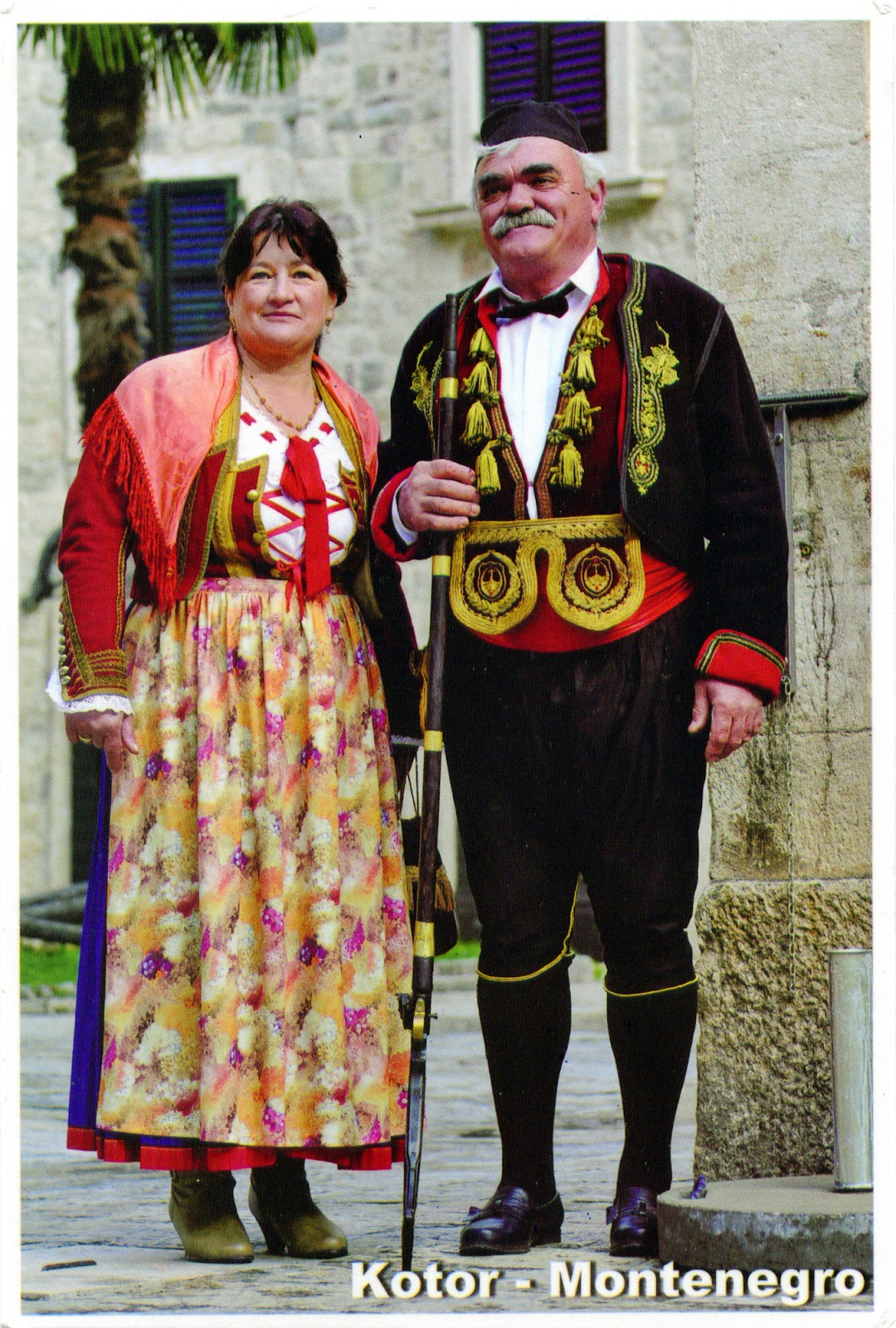Slavs (including Croats and Serbs) have lived in the area of Montenegro since the 6th and 7th centuries in the medieval principalities of Doclea and Zeta, and the area got its present name (Montenegrin: Crna Gora, which means Black Mountain) during the rule of the Crnojević dynasty. It was part of medieval Serbia during 13th century and first half of the 14th century, but Ottoman conquest of the Balkans resulted in separation from Serbia and re-emergence of Zeta. In the 19th century national romanticism among the South Slavs fueled the desire for re-unification. Regarding the linguistic and ethnic identity of Montenegrins, there is an ongoing controversy, some supporting the ideea that they aren't a distinct group, but only a subgroup of Serbian people. Whatever the truth, the many similarities between Serbs and Montenegrins not be questioned. The Bay of Kotor, known also as Boka, is a winding bay of the Adriatic Sea, in fact a ria of the disintegrated Bokelj River which used to run from the high mountain plateaus of Orjen. The inhabitants of Boka and adjacent regions are the Bokelj or Bokez people, who are an ethnic South Slavic community, many of whom nationally identify as being Montenegrin, Serb or Croat, or others. Most are Eastern Orthodox, while some are Roman Catholics.
Read more »

